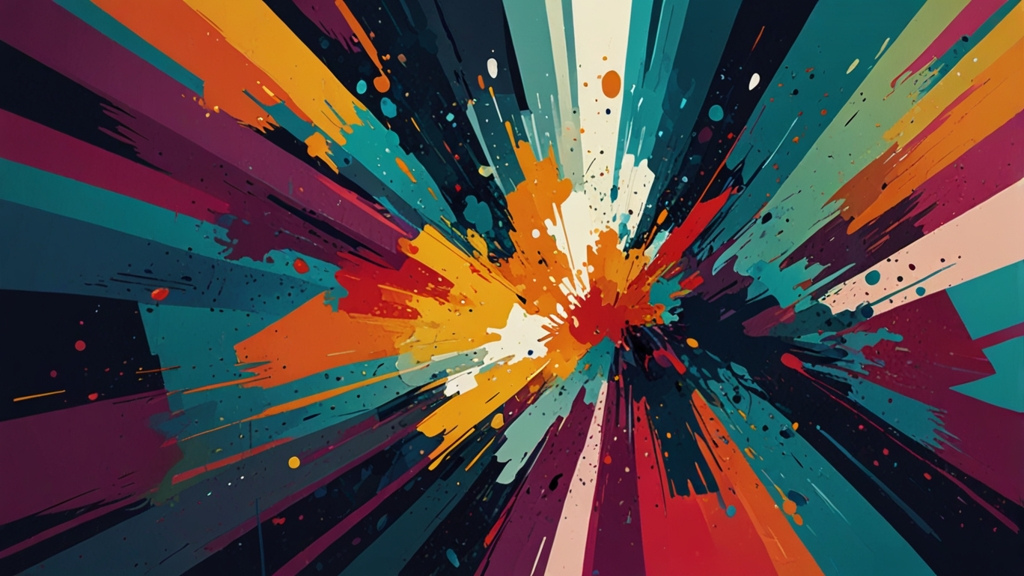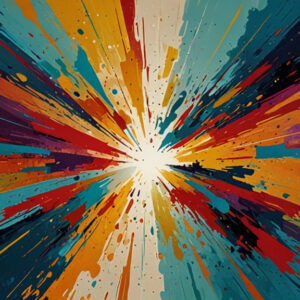Description
The advent of custom 3D model art services has changed the game, offering car dealerships the opportunity to showcase their vehicles in ways never before imagined. By providing personalized, interactive, and hyper-realistic 3D models of cars, dealerships can now give their customers the ability to explore every aspect of a vehicle online. This article delves into the various aspects of this groundbreaking service, how it works, and the tremendous benefits it brings to car dealerships and their customers.
1. The Growing Importance of Digital Showrooms in the Automotive Industry
As the world becomes more digitized, the automotive industry has had to adapt quickly to meet customer expectations in virtual spaces. In 2023, over 90% of car buyers conducted some form of research online before visiting a dealership, according to industry reports. These buyers are seeking more than just static images; they want detailed information, 360-degree views, and the ability to customize a car’s features to align with their preferences.
This shift has increased the need for more engaging and interactive online content. Digital showrooms, which allow customers to view and interact with vehicles without leaving their homes, are becoming a standard offering in the industry. However, the key to making these showrooms truly impactful lies in high-quality, customized 3D model art that mirrors the real-world experience.
2. What Is Custom 3D Model Art?
At its core, custom 3D model art is a digital representation of an object—in this case, a vehicle—that is meticulously designed to reflect the intricate details, textures, and proportions of the real thing. These models can be used in a wide array of applications, from virtual showrooms to augmented reality (AR) experiences, where customers can visualize how a car would look in their driveway.
Creating a custom 3D model requires sophisticated software and highly skilled digital artists who work closely with car manufacturers and dealerships to ensure that every detail of the vehicle, from the paint finish to the interior stitching, is captured with utmost accuracy. This process involves:
- High-Resolution Texturing: Applying photorealistic textures to the model that mimic the materials of the actual car.
- Advanced Lighting Techniques: Simulating how light interacts with the car’s surfaces in various environments (e.g., showroom lighting, daylight).
- Customization Features: Allowing users to modify aspects like color, wheels, interior options, and accessories directly on the 3D model.
3. The Process Behind Custom 3D Model Creation
Creating a custom 3D model for car dealerships is a multi-step process that involves several stages, from gathering reference material to finalizing the product for digital platforms. Let’s break down the process:
a. Vehicle Data Collection
The first step involves collecting detailed data about the vehicle that needs to be modeled. This can include technical blueprints, high-resolution photographs, and even CAD (Computer-Aided Design) files from the car manufacturer. This information serves as the foundation for the 3D artists, ensuring that the model’s proportions, components, and overall structure are accurate.
b. 3D Modeling
Once the data is gathered, the 3D artists use specialized software such as Autodesk Maya, Blender, or 3ds Max to build the initial shape of the vehicle. At this stage, the model is primarily a wireframe structure that defines the geometry of the car.
c. Texturing and Detailing
After the base model is complete, the next step is to add realistic textures. This includes applying digital materials that replicate the car’s paint, metal, leather, and plastic parts. The key here is to ensure that the materials react to light in the same way that they would on a real vehicle. Techniques like PBR (Physically Based Rendering) are often used to achieve this level of realism.
d. Lighting and Rendering
Lighting is a critical aspect of 3D modeling, as it determines how the final product will appear in various environments. Artists will simulate different lighting conditions to ensure that the car looks good from every angle and in every possible lighting scenario, whether it’s in a brightly lit showroom or under natural sunlight.
e. Interactivity and Customization Features
One of the most significant advantages of 3D models is their interactive potential. After the model is fully textured and rendered, the next step is to add interactivity features. Customers can change the car’s color, try different rim styles, or switch between interior options in real time, offering a highly personalized experience.
f. Optimization for Web and AR/VR Applications
Finally, the 3D model must be optimized for various platforms, such as websites, mobile devices, and AR/VR headsets. This involves compressing the file size without sacrificing quality, ensuring that the model loads quickly and runs smoothly in different environments.
4. Applications of Custom 3D Models in Car Dealerships
Custom 3D model art for car dealerships has opened up a world of possibilities for how vehicles can be marketed and sold. Here are a few key applications that are transforming the automotive industry:
a. Virtual Showrooms
With the rise of virtual showrooms, car dealerships can now provide customers with a more immersive online experience. Instead of browsing static images, potential buyers can explore 3D models of cars in a virtual environment. They can rotate the vehicle, zoom in on specific features, and even open doors to inspect the interior. This level of interaction makes the online shopping experience much closer to an in-person dealership visit.
b. Augmented Reality (AR) Showcases
Augmented Reality (AR) is quickly becoming one of the most exciting technologies for car dealerships. AR allows customers to “place” a 3D model of a car in their real-world environment using their smartphone or tablet. For instance, a customer could see how a car looks parked in their driveway or garage before making a purchase decision. This application enhances the buying experience by bridging the gap between digital and physical worlds.
c. Virtual Reality (VR) Test Drives
Some dealerships have taken virtual showrooms a step further by offering VR test drives. Using a VR headset, customers can sit in a virtual car and “drive” it in various simulated environments, experiencing the vehicle’s interior, exterior, and even handling characteristics. While not a full replacement for a real test drive, this technology can be a valuable tool for early-stage buyers.
d. Online Car Configurators
Many car brands offer online configurators, but custom 3D models take this to the next level. With these models, customers can interactively configure every aspect of the car in real time, from exterior paint colors to interior upholstery choices. As they make changes, they can see an immediate 3D visualization of their customized vehicle.
5. Benefits of Custom 3D Models for Dealerships
Investing in custom 3D model art services offers numerous advantages for car dealerships. Here are some of the top benefits:
a. Enhanced Customer Engagement
High-quality 3D models give customers a more interactive and immersive experience compared to traditional static images or videos. When potential buyers can interact with a car model, customize it, and explore its features in depth, they are more likely to engage with the dealership and make a purchase.
b. Increased Lead Generation
By offering an interactive and personalized online shopping experience, dealerships can attract more leads. Customers who use online configurators or explore virtual showrooms are more likely to submit inquiries, schedule test drives, or even make online reservations for vehicles.
c. Competitive Differentiation
In a crowded market, providing a cutting-edge digital experience sets a dealership apart from competitors. Dealerships that invest in 3D model art and virtual showrooms can position themselves as industry leaders, attracting tech-savvy customers who value innovation.
d. Cost Savings
While custom 3D model art may seem like a significant investment upfront, it can actually lead to long-term cost savings. Digital showrooms reduce the need for large physical inventory, and virtual test drives lower the wear and tear on actual vehicles. Additionally, online configurators can help reduce the number of in-person customization sessions, freeing up sales staff for other tasks.
e. Global Reach
Unlike physical showrooms, which are limited by geographic location, virtual showrooms powered by custom 3D models can be accessed by anyone, anywhere in the world. This expands the dealership’s reach to a global audience, opening up new markets and opportunities for growth.
6. Case Studies: Success Stories in 3D Modeling for Dealerships
To illustrate the transformative power of custom 3D models, let’s explore some real-world examples of dealerships that have successfully integrated this technology into their operations.
Case Study 1: Tesla’s Interactive Configurator
Tesla has long been a pioneer in leveraging technology to enhance the car buying experience. Their online configurator allows customers to fully customize their vehicles, from choosing the exterior color to selecting autopilot options. By utilizing advanced 3D modeling, Tesla ensures that customers can see every change in real time, helping them visualize their dream car and encouraging direct orders through the website.





Reviews
There are no reviews yet.